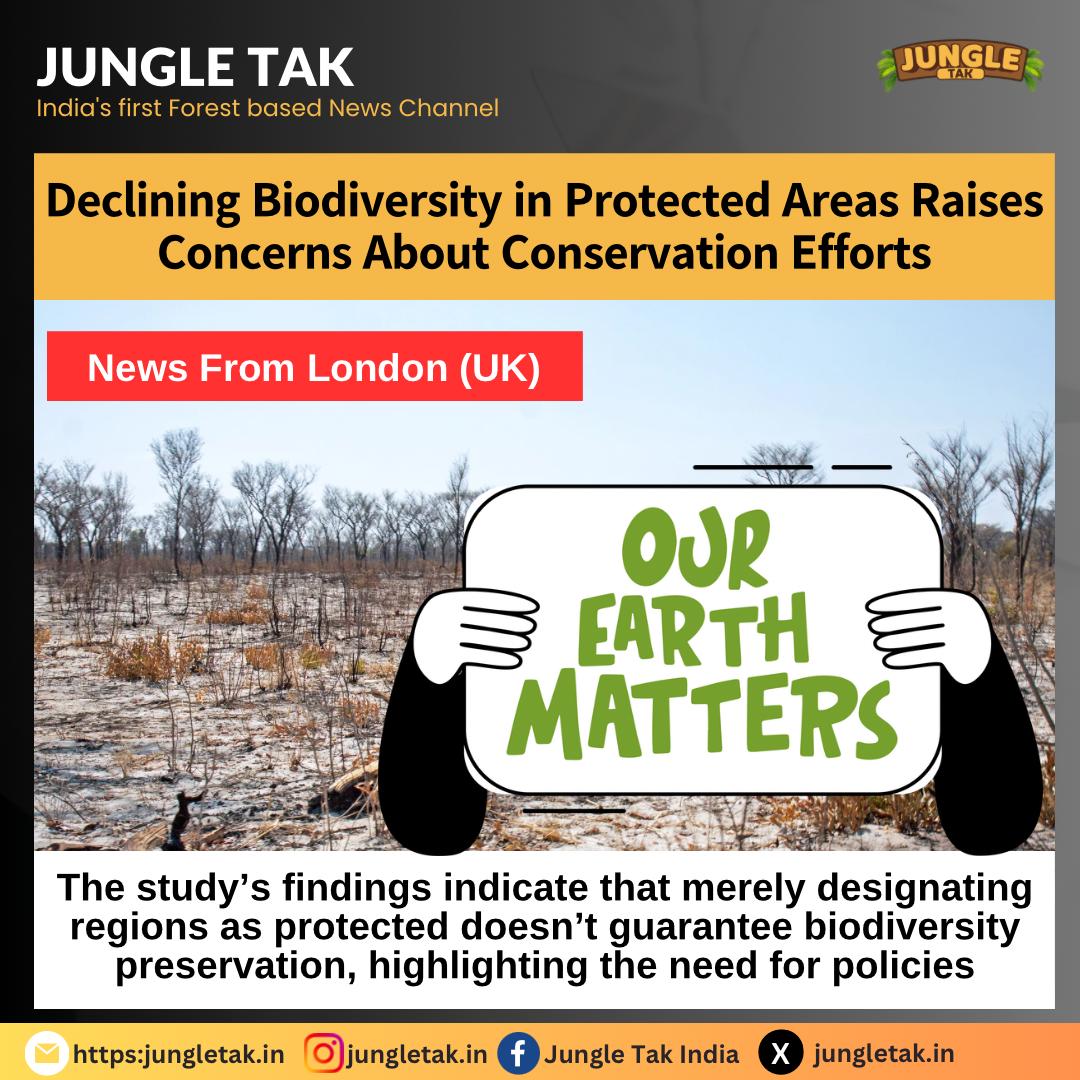Decling Biodiversity in Protected Areas Raises Concerns About Conservation Efforts

A recent study by the Natural History Museum (NHM) reveals that biodiversity is declining faster within protected areas than outside them, questioning the effectiveness of existing conservation policies. The study’s findings indicate that merely designating regions as protected doesn’t guarantee biodiversity preservation, highlighting the need for policies that address entire ecosystems rather than individual species.
The study used the Biodiversity Intactness Index (BII), showing a global decline of 1.88 percentage points between 2000 and 2020. Critical areas for biodiversity, such as wetlands, experienced substantial declines, especially those in protected regions. Researchers attribute this decline to factors such as inadequate ecosystem safeguards, oil, gas, and mining concessions, as well as climate-induced events like droughts and wildfires.
Experts emphasize the importance of the “30×30” target from COP15, aiming to conserve 30% of land and oceans by 2030, urging stronger protections for biodiversity to prevent further degradation.






























